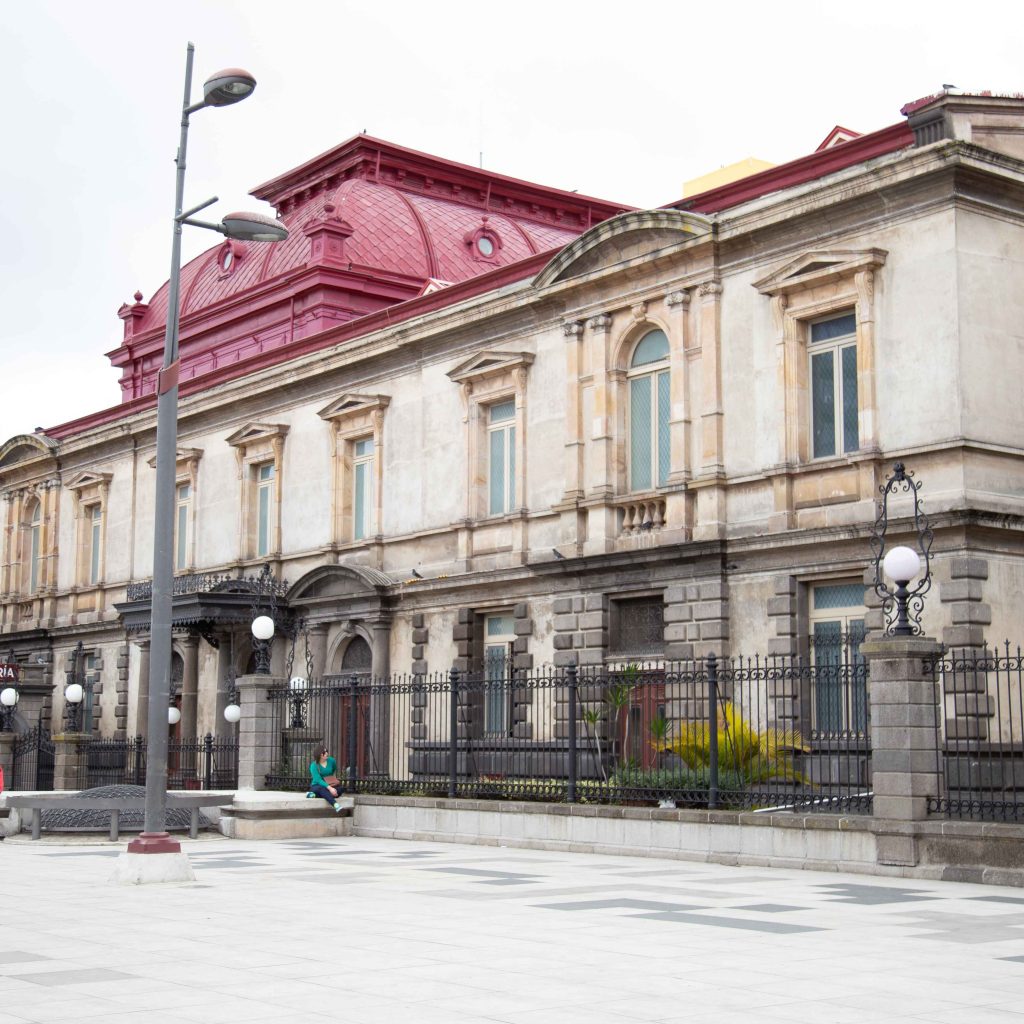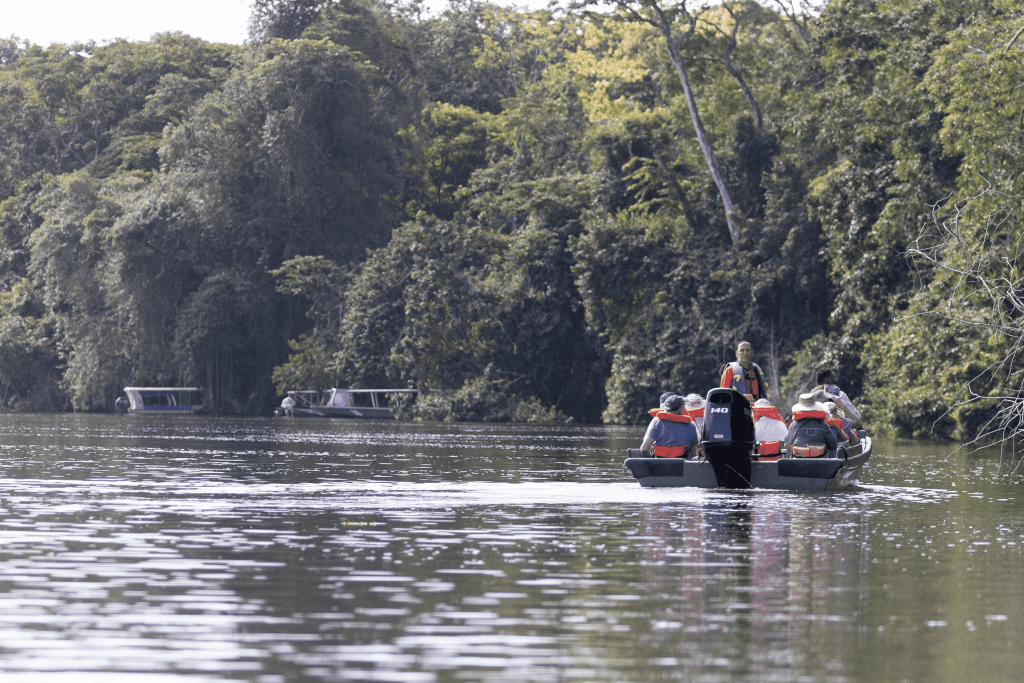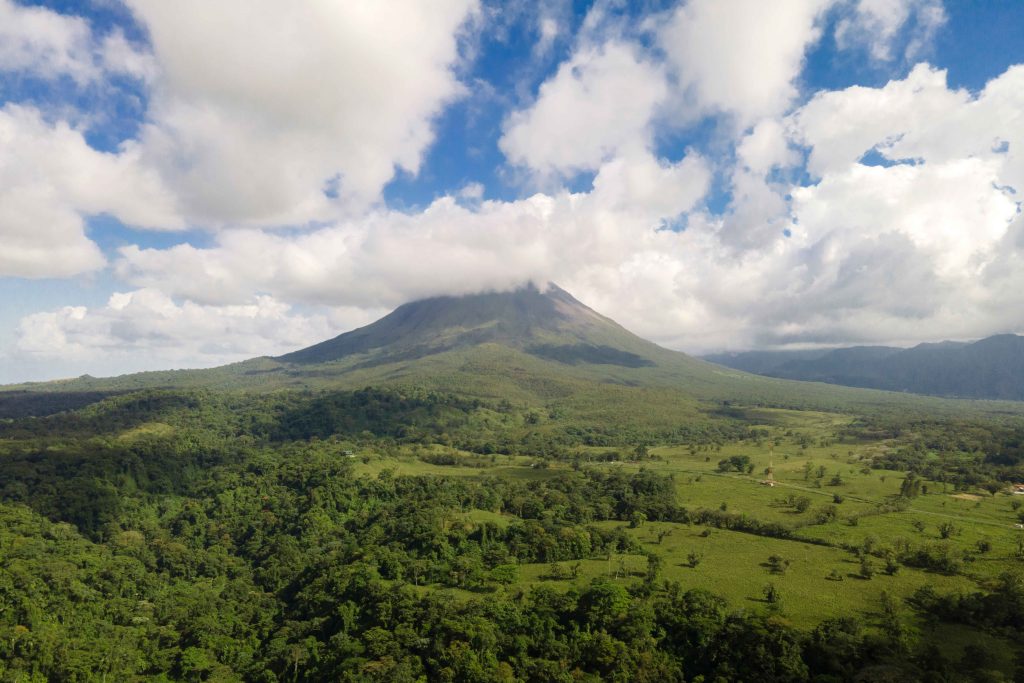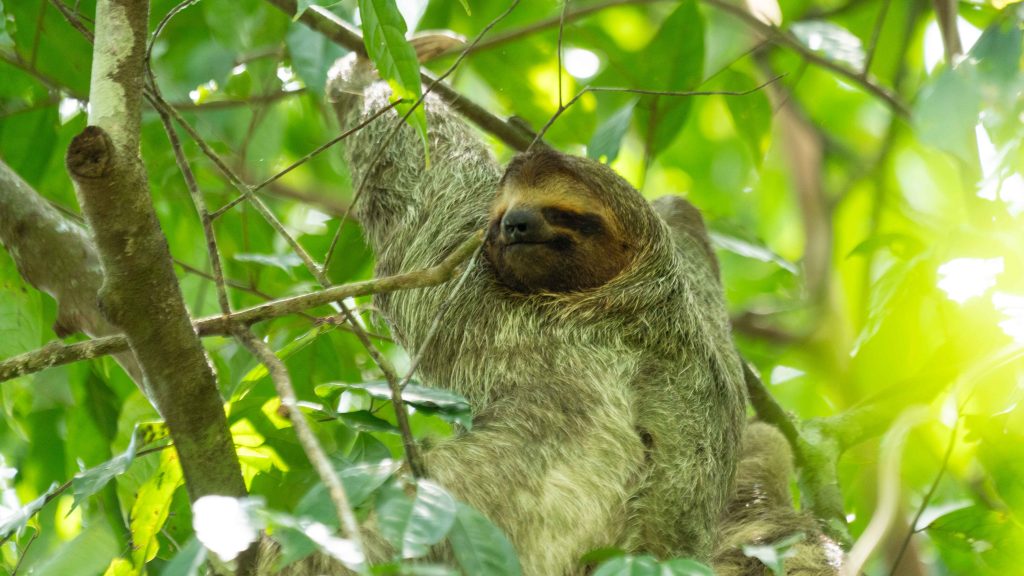Llama Travel, a renowned London-based tour operator, partners with ST Costa Rica DMC to offer exceptional Costa Rica tours for UK travellers. Otto, senior travel consultant for Llama Travel, had the opportunity to visit Costa Rica recently. In this blog, we asked him to share his personal experience as well as tips and recommendations based on his trip.
Otto’s trip: Costa Rica
Costa Rica is one of the world’s great ecological wonders, home to all colours of birds, reptiles and mammals. The country’s verdant jungles house hidden waterfalls, smoking volcanoes and secluded thermal hot springs, which you can bathe in whilst surrounded by nature. Here are my thoughts on my time in Costa Rica.
San Jose

The capital isn’t considered one of Costa Rica’s most impressive destinations, but it was an excellent introduction to one of the most verdant, laidback, and adventurous countries I’ve visited. A city tour took us through downtown San Jose’s main attractions, including the maze-like central market, the principal cathedral, and the 19th-century National Theatre.
Next, we drove up into the Valle Central to the Doka Coffee Plantation. We enjoyed a traditional buffet lunch with fresh Gallo Pinto, plantain, mashed potato, and seasoned vegetables. Our guide shared his deep knowledge of how the coffee beans become the various blends of Costa Rican coffee. The factory’s century-old techniques produce an aromatic brew we tasted at the end of the tour, along with some coffee-flavoured liquor.
We spent the evening in the Amon district, lined with vibrant street art and bohemian buildings. We enjoyed a Vietnamese meal at Cafe Rojo followed by Tico Mules cocktails – a delicious mix of Costa Rica’s sugar cane liquor with ginger syrup, mint, and lemon. I felt more time would have been welcomed in this unassuming yet relaxed and growing city.
Tortuguero

A network of jungle waterways filled with luscious flora and incredible wildlife, our time in Tortuguero marked an unforgettable introduction to Costa Rica’s wildlife. Part of the excitement was reaching the lodge itself, with a 90-minute boat journey weaving through the wide canals. When you realise how far you’ve come, it makes you appreciate the remoteness of the area, situated on the vast Caribbean coast.
Much like the rest of Costa Rica, preservation and national protection efforts allow wildlife and plants to thrive. We were blown away by the iguanas, basilisks lizards, howler monkeys, capuchin monkeys, turtles, and a baby caiman! The bird life was equally impressive, as we spotted various species of heron, the mesmerising toucan, egrets, kingfishers, vultures and nesting anhingas.
Without a doubt, the most memorable moment was seeing a sloth attempting to ascend a tree just outside our room. We couldn’t believe our luck. The elusive Hoffman’s two-toed appeared to be struggling but was grinning away, and with a bit of branch guidance was able to reach his next napping point. The guides provided by the lodge were informative, engaging and very knowledgeable about this area of pure natural beauty. I won’t ever forget our time in Tortuguero, the only thing that could’ve elevated the experience would’ve been combining it with turtle hatching season which takes place between July and October – but beggars can’t be choosers!
Arenal

Situated in the heart of the country, Arenal is the hub for activities in Costa Rica. From ziplining through the luscious canopy to sampling some of the finest chocolate at a family-run hacienda, to wandering through dense forest on hanging bridges or taking a dip near the stunning La Fortuna waterfall, Arenal is the place for adventures.
You can also enjoy the numerous hot springs dotted around the area, naturally heated by the Arenal Volcano. It’s in Arenal that you will cement some of your most unforgettable memories of Costa Rica. Hotels in Arenal boast beautiful grounds that blend perfectly into the green surroundings, and there is the chance to view the magnificent Arenal Volcano from your hotel room.
Hotel: Villa Blanca Hotel & Los Angeles Cloud Forest Reserve
This charming lodge, nestled in the heart of Los Angeles Cloud Forest, provided a short-lived but wonderful stay in a tranquil setting. There are self-guided trails that can be explored during the day as well as guided walks in the morning and evening, which give two different perspectives of the fauna and flora. The casitas are full of character, with fireplaces, wooden rocking chairs, bamboo ceilings and warm blankets for the cool nights.
Manuel Antonio

If you are looking for a relaxing end to your journey then look no further than Manuel Antonio. Here you’ll find golden sand beaches lined with palm trees within Manuel Antonio National Park. And of course, with the stunning green spaces, you are joined by a plethora of wildlife. The national park is open between 7am – 4 pm and tickets must be purchased online in advance (They cost around $18 per person and are valid for one entry). There is a strict no food and no plastic bottles policy so be sure to have a big breakfast and bring your reusable water bottles.
The national park is filled with walking trails that aren’t too demanding and feature maps throughout, so you can pick your route and go at your own pace. It’s also possible to organise a guided tour either from your hotel or when you arrive at the park, but it can also be explored independently. We managed to see sloths, capuchin monkeys, howler monkeys, Halloween crabs, agoutis, coatis, scarlet macaws, iguanas and even deer. I’d highly recommend visiting the beaches, but in particular, Playa Escondido was the cream of the crop, offering a quiet option with less rocky sand and calmer waters. It was idyllic and I’ve never entered a warmer ocean, it was fresh and sublime for the soul.
Corcovado National Park
Without a doubt, the most memorable part of the trip was our time in this idyllic and incredibly remote part of the Pacific Coast. Corcovado offers adventure, outstanding service and breathtaking views, making for an unforgettable experience. The wildlife here was a real highlight, with howler monkeys, Jesus Christ lizards (they walk on water), snakes, crocodiles, toucans, scarlet macaws and other unique bird sightings. We were lucky enough to spot the very playful bottlenose dolphins on the boat journey over to Caño Island and were left mesmerised when swimming with green turtles, luminescent fish species and whitetip reef sharks.
Along with Tortuguero, the Corcovado Coast is another example of how much of Costa Rica remains untouched. You can truly enjoy the remarkable wildlife in this unspoiled landscape. Conservation is a heavy focus throughout the country, and this is strictly followed in Corcovado, with expert guides accompanying all activities. Ultimately, this is a major benefit, as their knowledge of the local area is second to none and you realise there is the utmost respect between humans and the nature that surrounds them.
Otto, senior travel consultant for Llama Travel